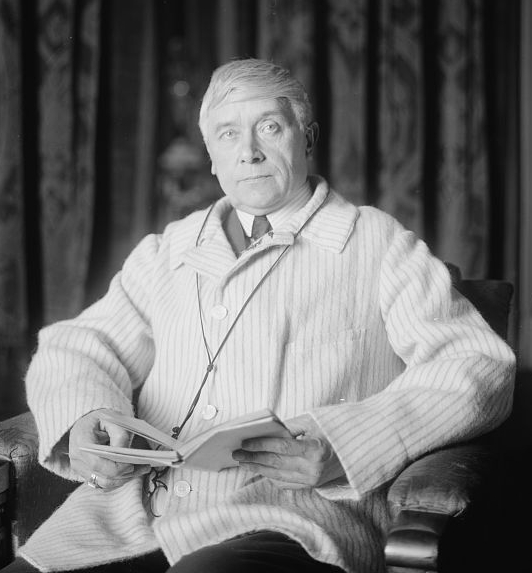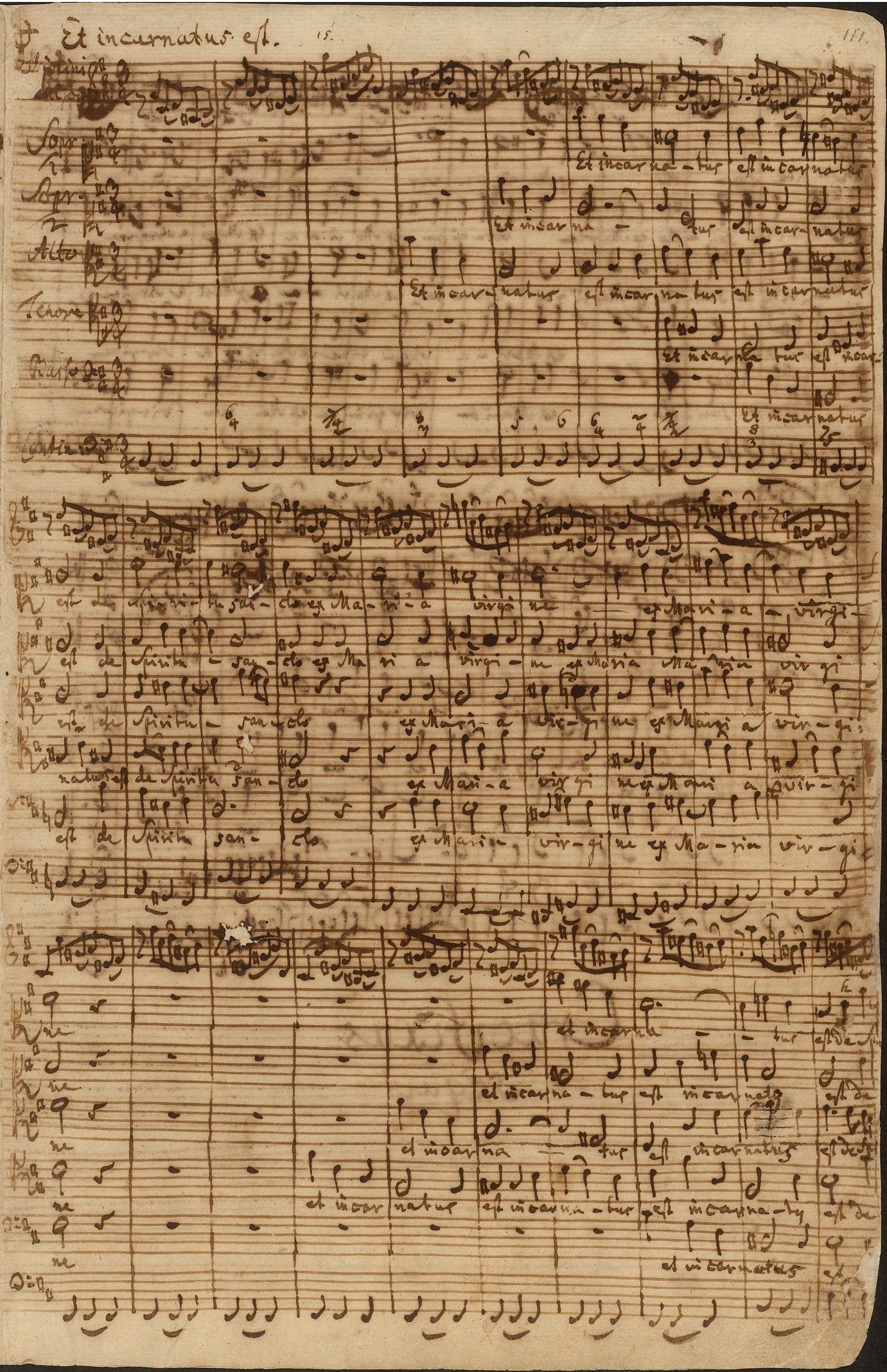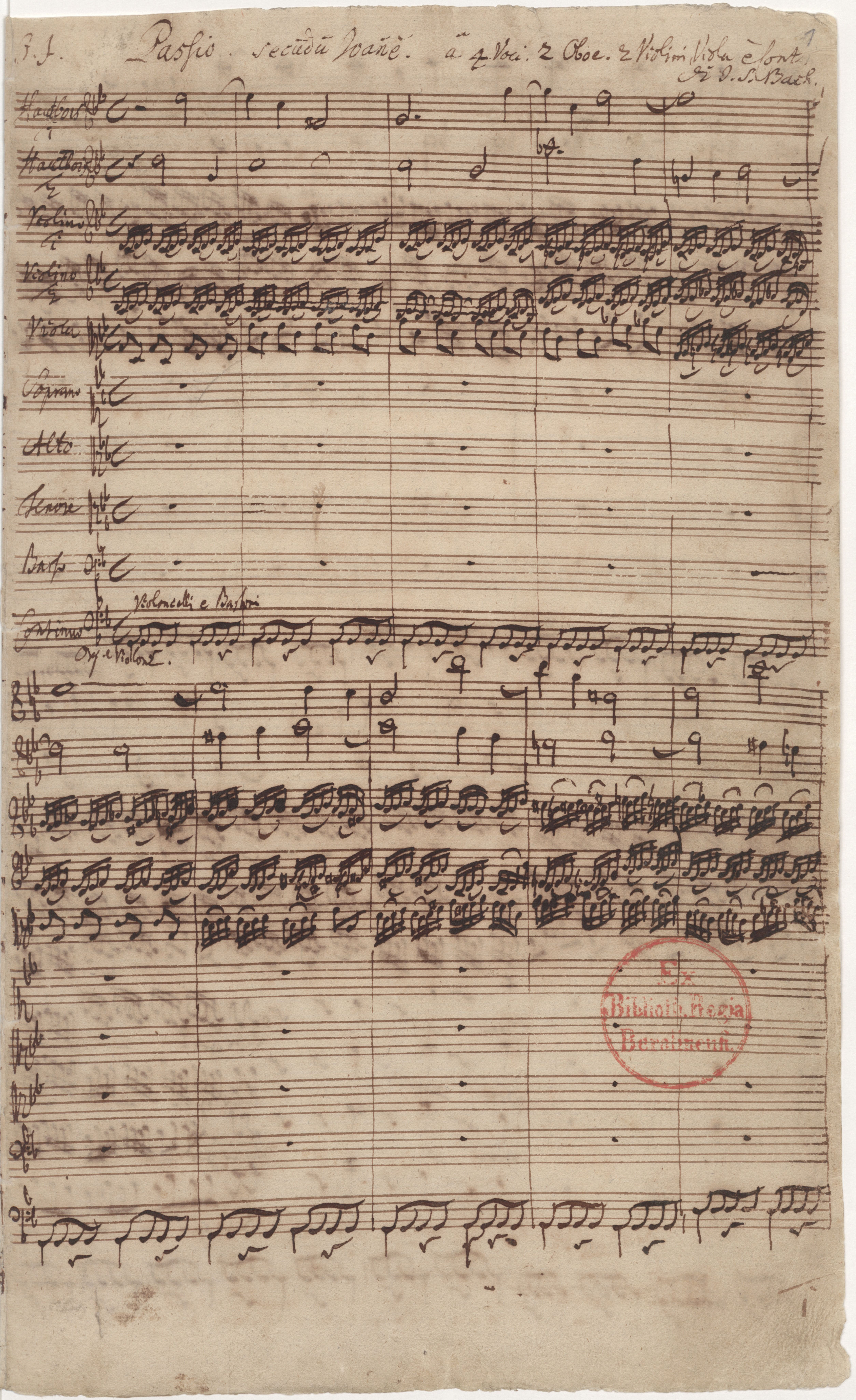|
Ria Bollen
Ria Bollen (born 11 February 1942) is a Flemish contralto, who had an international career as a concert singer between 1965 and 1992. Her broad repertoire included Bach's Passions, Mozart's Requiem, Beethoven's ''Missa solemnis'', especially works by Gustav Mahler and works of the 20th century. She was the soloist in the world premiere of Frank Martin's Requiem. She sang many art songs, including by Belgian composers. Life Born in Sint-Truiden, Bollen a school of classical humanities, and then studied psychology. After two years, she studied voice at the Royal Conservatoire Antwerp with Lucie Frateur, who accompanied her throughout her career. She graduated in 1968 with the major distinction. She also studied with Pierre Bernac, Felix de Nobel, Erik Werba and Christa Ludwig. She made her debut as a soloist in 1965, in ''Godelieve'' by Edgar Tinel conducted by Léonce Gras. Also before she graduated, she obtained the first prize of the Maria Canalswedstrijd in Barcelona, ... [...More Info...] [...Related Items...] OR: [Wikipedia] [Google] [Baidu] |
Sint-Truiden
Sint-Truiden (; french: link=no, Saint-Trond ; li, Sintruin ) is a city and municipality located in the province of Limburg, Flemish Region, Belgium, and has over 41,500 inhabitants, which makes it one of the largest cities in Limburg. The municipality includes the former communes (now ''deelgemeenten'') of Aalst, Brustem, Duras, Engelmanshoven, Gelinden, Gorsem, Groot-Gelmen, Halmaal, Kerkom-bij-Sint-Truiden, Melveren, Metsteren, Ordingen, Runkelen, Velm, Wilderen, and Zepperen. The city is in the centre of Belgium's fruit-producing region, ''Haspengouw'' (Hesbaye), and is renowned for its pears, apples (Jonagold), and sweet cherries. History Origins and Golden Age The municipality formed around an abbey founded by St. Trudo, a Frankish nobleman, in the 7th century. Legend has it that as a boy, Trudo was playing while building a small church with some rocks. When a woman scornfully kicked over the rocks she was struck by sudden blindness. Trudo cured her from this blindness ... [...More Info...] [...Related Items...] OR: [Wikipedia] [Google] [Baidu] |
Pelléas Et Mélisande (opera)
''Pelléas et Mélisande'' (''Pelléas and Mélisande'') is an opera in five acts with music by Claude Debussy. The French libretto was adapted from Maurice Maeterlinck's symbolist play of the same name. It premiered at the Salle Favart in Paris by the Opéra-Comique on 30 April 1902; Jean Périer was Pelléas and Mary Garden was Mélisande, conducted by André Messager, who was instrumental in getting the Opéra-Comique to stage the work. The only opera Debussy ever completed, it is considered a landmark in 20th-century music. The plot concerns a love triangle. Prince Golaud finds Mélisande, a mysterious young woman, lost in a forest. He marries her and brings her back to the castle of his grandfather, King Arkel of Allemonde. Here Mélisande becomes increasingly attached to Golaud's younger half-brother Pelléas, arousing Golaud's jealousy. Golaud goes to excessive lengths to find out the truth about Pelléas and Mélisande's relationship, even forcing his own child, Yniold ... [...More Info...] [...Related Items...] OR: [Wikipedia] [Google] [Baidu] |
Joseph Haydn
Franz Joseph Haydn ( , ; 31 March 173231 May 1809) was an Austrian composer of the Classical period (music), Classical period. He was instrumental in the development of chamber music such as the string quartet and piano trio. His contributions to musical form have led him to be called "Father of the Symphony" and "Father of the String quartet, String Quartet". Haydn spent much of his career as a court musician for the wealthy Esterházy family at their Eszterháza Castle. Until the later part of his life, this isolated him from other composers and trends in music so that he was, as he put it, "forced to become original". Yet his music circulated widely, and for much of his career he was the most celebrated composer in Europe. He was Haydn and Mozart, a friend and mentor of Mozart, Beethoven and his contemporaries#Joseph Haydn, a tutor of Beethoven, and the elder brother of composer Michael Haydn. Biography Early life Joseph Haydn was born in Rohrau, Austria, Rohrau, Habsburg ... [...More Info...] [...Related Items...] OR: [Wikipedia] [Google] [Baidu] |
Classical Music
Classical music generally refers to the art music of the Western world, considered to be distinct from Western folk music or popular music traditions. It is sometimes distinguished as Western classical music, as the term "classical music" also applies to non-Western art music. Classical music is often characterized by formality and complexity in its musical form and harmonic organization, particularly with the use of polyphony. Since at least the ninth century it has been primarily a written tradition, spawning a sophisticated notational system, as well as accompanying literature in analytical, critical, historiographical, musicological and philosophical practices. A foundational component of Western Culture, classical music is frequently seen from the perspective of individual or groups of composers, whose compositions, personalities and beliefs have fundamentally shaped its history. Rooted in the patronage of churches and royal courts in Western Europe, surviving earl ... [...More Info...] [...Related Items...] OR: [Wikipedia] [Google] [Baidu] |
Mass In B Minor
The Mass in B minor (), BWV 232, is an extended setting of the Mass ordinary by Johann Sebastian Bach. The composition was completed in 1749, the year before the composer's death, and was to a large extent based on earlier work, such as a Sanctus Bach had composed in 1724. Sections that were specifically composed to complete the Mass in the late 1740s include the "Et incarnatus est" part of the Credo. As usual for its time, the composition is formatted as a Neapolitan mass, consisting of a succession of choral movements with a broad orchestral accompaniment, and sections in which a more limited group of instrumentalists accompanies one or more vocal soloists. Among the more unusual characteristics of the composition is its scale: a total performance time of around two hours, [...More Info...] [...Related Items...] OR: [Wikipedia] [Google] [Baidu] |
St John Passion
The ''Passio secundum Joannem'' or ''St John Passion'' (german: Johannes-Passion, link=no), BWV 245, is a Passion or oratorio by Johann Sebastian Bach, the older of the surviving Passions by Bach. It was written during his first year as director of church music in Leipzig and was first performed on April 7, 1724, at Good Friday Vespers at the St. Nicholas Church. The structure of the work falls in two halves, intended to flank a sermon. The anonymous libretto draws on existing works (notably by Barthold Heinrich Brockes) and is compiled from recitatives and choruses narrating the Passion of Christ as told in the Gospel of John, ariosos and arias reflecting on the action, and chorales using hymn tunes and texts familiar to a congregation of Bach's contemporaries. Compared with the ''St Matthew Passion'', the ''St John Passion'' has been described as more extravagant, with an expressive immediacy, at times more unbridled and less "finished". The work is most often heard toda ... [...More Info...] [...Related Items...] OR: [Wikipedia] [Google] [Baidu] |
St Matthew Passion
The ''St Matthew Passion'' (german: Matthäus-Passion, links=-no), BWV 244, is a '' Passion'', a sacred oratorio written by Johann Sebastian Bach in 1727 for solo voices, double choir and double orchestra, with libretto by Picander. It sets the 26th and 27th chapters of the Gospel of Matthew (in the Luther Bible) to music, with interspersed chorales and arias. It is widely regarded as one of the greatest masterpieces of Baroque sacred music. The original Latin title translates to "The Passion of our Lord J susC[hrist">rist.html" ;"title="susC[hrist">susC[hristaccording to the Evangelist Matthew".Markus Rathey. 2016. ''Bach's Major Vocal Works. Music, Drama, Liturgy'', Yale University Press History The ''St Matthew Passion'' is the second of two Passion settings by Bach that have survived in their entirety, the first being the '' St John Passion'', first performed in 1724. Versions and contemporaneous performances Little is known with certainty about the creation proc ... [...More Info...] [...Related Items...] OR: [Wikipedia] [Google] [Baidu] |
Gloria (Vivaldi)
Antonio Vivaldi wrote at least three Gloria compositions, settings of the hymn Gloria in excelsis Deo, with words probably dating back to the 4th century, and an integral part of the mass ordinary. Two of them have survived: RV 588 and RV 589. A third, RV 590, is mentioned only in the Kreuzherren catalogue and presumed lost. The RV 589 Gloria is a familiar and popular piece among sacred works by Vivaldi. It was probably written at about the same time as the RV 588, possibly in 1715. ''Introduction '' As with other choral pieces the composer, Vivaldi, wrote many ''introduzioni'' (introductory motets) that were to be performed before the Gloria itself. Four ''introduzioni'' exist for these Glorias: ''Cur Sagittas'' (RV 637), ''Jubilate, o amoeni cori'' (RV 639) (the last movement of which is compositionally tied with the first movement of RV 588), ''Longe Mala, Umbrae, Terrores'' (RV 640), and ''Ostro Picta'' (RV 642). Settings RV 588 The lesser known of the two surviving ... [...More Info...] [...Related Items...] OR: [Wikipedia] [Google] [Baidu] |
Marc-Antoine Charpentier
Marc-Antoine Charpentier (; 1643 – 24 February 1704) was a French Baroque composer during the reign of Louis XIV. One of his most famous works is the main theme from the prelude of his ''Te Deum'', ''Marche en rondeau''. This theme is still used today as a fanfare during television broadcasts of the Eurovision Network, the European Broadcasting Union. Marc-Antoine Charpentier dominated the Baroque musical scene in seventeenth century France because of the quality of his prolific output. He mastered all genres, and his skill in writing sacred vocal music was especially hailed by his contemporaries. He began his career by going to Italy, there he fell under the influence of Giacomo Carissimi as well as other Italian composers, perhaps Domenico Mazzocchi. He would remain marked by the Italian style and become the only one with Jean-Joseph Cassanéa de Mondonville in France to approach the oratorio. In 1670, he became a master of music (composer and singer) in the service of the ... [...More Info...] [...Related Items...] OR: [Wikipedia] [Google] [Baidu] |
Baroque Music
Baroque music ( or ) refers to the period or dominant style of Western classical music composed from about 1600 to 1750. The Baroque style followed the Renaissance period, and was followed in turn by the Classical period after a short transition, the galant style. The Baroque period is divided into three major phases: early, middle, and late. Overlapping in time, they are conventionally dated from 1580 to 1650, from 1630 to 1700, and from 1680 to 1750. Baroque music forms a major portion of the "classical music" canon, and is now widely studied, performed, and listened to. The term "baroque" comes from the Portuguese word ''barroco'', meaning " misshapen pearl". The works of George Frideric Handel and Johann Sebastian Bach are considered the pinnacle of the Baroque period. Other key composers of the Baroque era include Claudio Monteverdi, Domenico Scarlatti, Alessandro Scarlatti, Antonio Vivaldi, Henry Purcell, Georg Philipp Telemann, Jean-Baptiste Lully, Jean-Philippe R ... [...More Info...] [...Related Items...] OR: [Wikipedia] [Google] [Baidu] |
Wiener Musikverein
The ( or ; ), commonly shortened to , is a concert hall in Vienna, Austria, which is located in the Innere Stadt district. The building opened in 1870 and is the home of the Vienna Philharmonic orchestra. The acoustics of the building's 'Great Hall' () have earned it recognition alongside other prominent concert halls, such as the Konzerthaus Berlin, Konzerthaus in Berlin, the Concertgebouw in Amsterdam and Symphony Hall, Boston, Symphony Hall in Boston. With the exception of Boston's Symphony Hall, none of these halls was built in the modern era with the application of architectural acoustics, and all share a long, tall and narrow Shoebox style, shoebox shape. Building The 's main entrance is situated on Musikvereinsplatz, between Karlsplatz and . The building is located behind the Hotel Imperial that fronts on Kärntner Ring, which is part of the Vienna Ring Road (Ringstraße). It was erected as the new concert hall run by the Gesellschaft der Musikfreunde, Society of Frien ... [...More Info...] [...Related Items...] OR: [Wikipedia] [Google] [Baidu] |
Geneva International Music Competition
The Geneva International Music Competition () is one of the world's leading international music competitions, founded in 1939. In 1957, it was one of the founding members of the World Federation of International Music Competition (WFIMC), whose headquarters are in Geneva. Today, the Geneva Competition alternates between several main disciplines: piano, flute, oboe, clarinet, cello, viola, string quartet, voice and percussion. Every second year, it offers a Composition Prize. Upcoming competitions are cello & oboe (2021), piano & composition (2022), flute & string quartet (2023) and voice & composition (2024). Its prizewinners include world-famous artists such as Martha Argerich, Arturo Benedetti-Michelangeli, Victoria de los Ángeles, Alan Gilbert, Nelson Goerner, Friedrich Gulda, Heinz Holliger, Nobuko Imai, Melos Quartet, Emmanuel Pahud, Maurizio Pollini, Georg Solti, José van Dam, Christian Zacharias and Tabea Zimmermann. In addition to its official prizes, the Geneva Inte ... [...More Info...] [...Related Items...] OR: [Wikipedia] [Google] [Baidu] |








